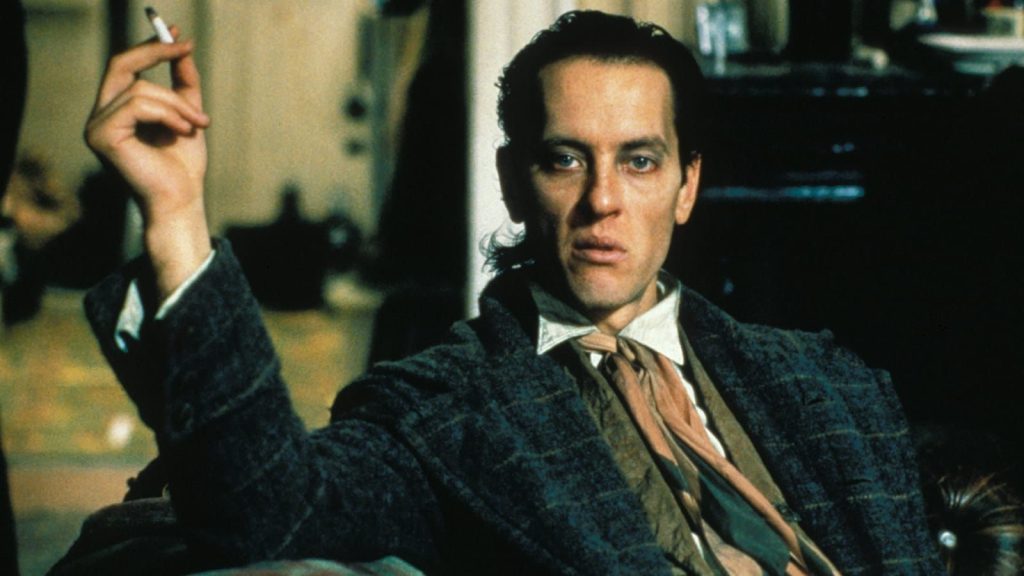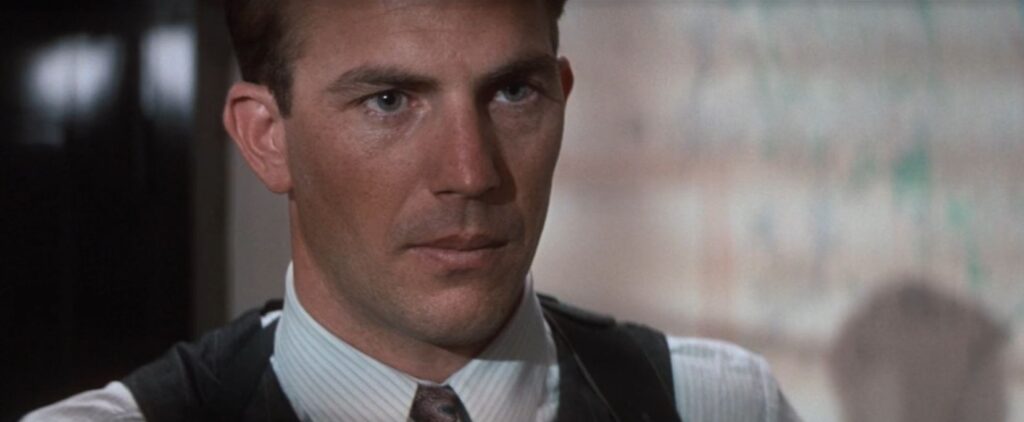“The Princess Bride” (1987): A Timeless Tale of True Love and High Adventure – Film Review

In the pantheon of cinematic classics, few films manage to weave together romance, adventure, wit, and timeless appeal as seamlessly as Rob Reiner’s 1987 masterpiece, “The Princess Bride.” Adapted from William Goldman’s 1973 novel of the same name, the film has etched its place in the hearts of audiences across generations, transcending the boundaries of genre to become a beloved cultural touchstone. This review delves into the multifaceted brilliance of “The Princess Bride,” exploring not only the film’s on-screen magic but also the behind-the-scenes alchemy that contributed to its enduring legacy.
The Crafting of a Classic
At its core, “The Princess Bride” is a story about stories—the kind passed down through generations, filled with elements of true love, daring sword fights, sinister villains, and noble heroes. The narrative framework, a grandfather (played by Peter Falk) reading to his sick grandson (Fred Savage), serves as a gateway for the audience into the enchanted world of Florin. This framing device cleverly allows for a blend of modern-day skepticism and fairy-tale earnestness, engaging viewers of all ages by acknowledging the story’s fantastical elements while wholeheartedly embracing them.
The film’s production journey was as storied as the tale it tells. Goldman’s novel, while popular, was considered challenging to adapt due to its intricate narrative layers and meta-commentary. It wasn’t until Rob Reiner, fresh from the success of “Stand by Me,” took the helm that the project found its direction. Reiner’s understanding of the material’s heart—its blend of humor, warmth, and adventure—proved crucial. He managed to preserve Goldman’s voice by working closely with the author, who also penned the screenplay, ensuring the film’s fidelity to its source material while making it accessible to a wider audience.
A Cast for the Ages
The casting of “The Princess Bride” was a meticulous process, with each role filled by actors who brought depth and charisma to their characters, contributing to the film’s magical alchemy. Cary Elwes shines as Westley, the dashing farmhand-turned-pirate, embodying the archetypal hero with a blend of wit, bravery, and unwavering love for Princess Buttercup, played with grace and determination by Robin Wright. Their chemistry is palpable, grounding the film’s fantastical elements in a relatable emotional truth.
Mandy Patinkin’s portrayal of Inigo Montoya, a skilled swordsman on a quest for vengeance, is both heart-wrenching and inspiring. His delivery of the now-iconic line, “Hello. My name is Inigo Montoya. You killed my father. Prepare to die,” resonates with audiences as a powerful moment of catharsis. Meanwhile, Wallace Shawn’s Vizzini provides comic brilliance, and Andre the Giant’s Fezzik offers a gentle giant with a heart as large as his frame, showcasing the film’s adeptness at blending humor with action and sentiment.
Behind the Magic
The production of “The Princess Bride” was filled with challenges and serendipitous moments that contributed to its charm. The Cliffs of Insanity, for instance, were filmed at the Cliffs of Moher in Ireland, adding a breathtaking natural backdrop to the thrilling duel between Westley and Inigo. The film’s sword fighting scenes, choreographed by the legendary Bob Anderson, are among cinema’s most exhilarating, requiring months of training by Elwes and Patinkin to perform almost all their stunts, adding authenticity and excitement to their performances.
One of the most endearing production tales involves Andre the Giant, whose size made it difficult for him to perform some physical tasks. For the scene where Buttercup jumps from the castle window into Fezzik’s arms, a rig was constructed to support Wright because Andre was unable to catch her due to a back injury. This behind-the-scenes teamwork and ingenuity mirror the film’s themes of camaraderie and perseverance.
The Legacy of “The Princess Bride”
Since its release, “The Princess Bride” has grown in stature, finding new audiences and maintaining a devoted fan base that spans generations. Its quotable lines—”As you wish,” “Inconceivable!”—have entered the lexicon, a testament to the screenplay’s sharp wit and timeless appeal. The film’s ability to blend genres—romance, adventure, comedy, fantasy—allows it to defy categorization, making it accessible and enjoyable for a broad audience.
Moreover, “The Princess Bride” serves as a masterclass in storytelling, demonstrating the power of narrative depth and character development. It challenges viewers to believe in the fantastical while remaining grounded in universal themes of love, honor, and resilience. The film’s enduring popularity underscores the idea that stories, well told, can become a vital part of our cultural fabric, passed down through generations like the most cherished of tales.
Final Thoughts
“The Princess Bride” stands as a testament to the enduring power of storytelling, a film that delights and inspires with its blend of humor, adventure, and romance. Behind its production are tales of creativity, perseverance, and collaboration that mirror the very themes it celebrates. As we revisit the enchanted world of Florin, we are reminded of the film’s unique ability to capture the imagination, making us laugh, cheer, and, above all, believe in the magic of true love and grand adventures. It is this timeless appeal that cements “The Princess Bride” not just as a film but as a cultural treasure, beloved by audiences across the world for generations to come.




